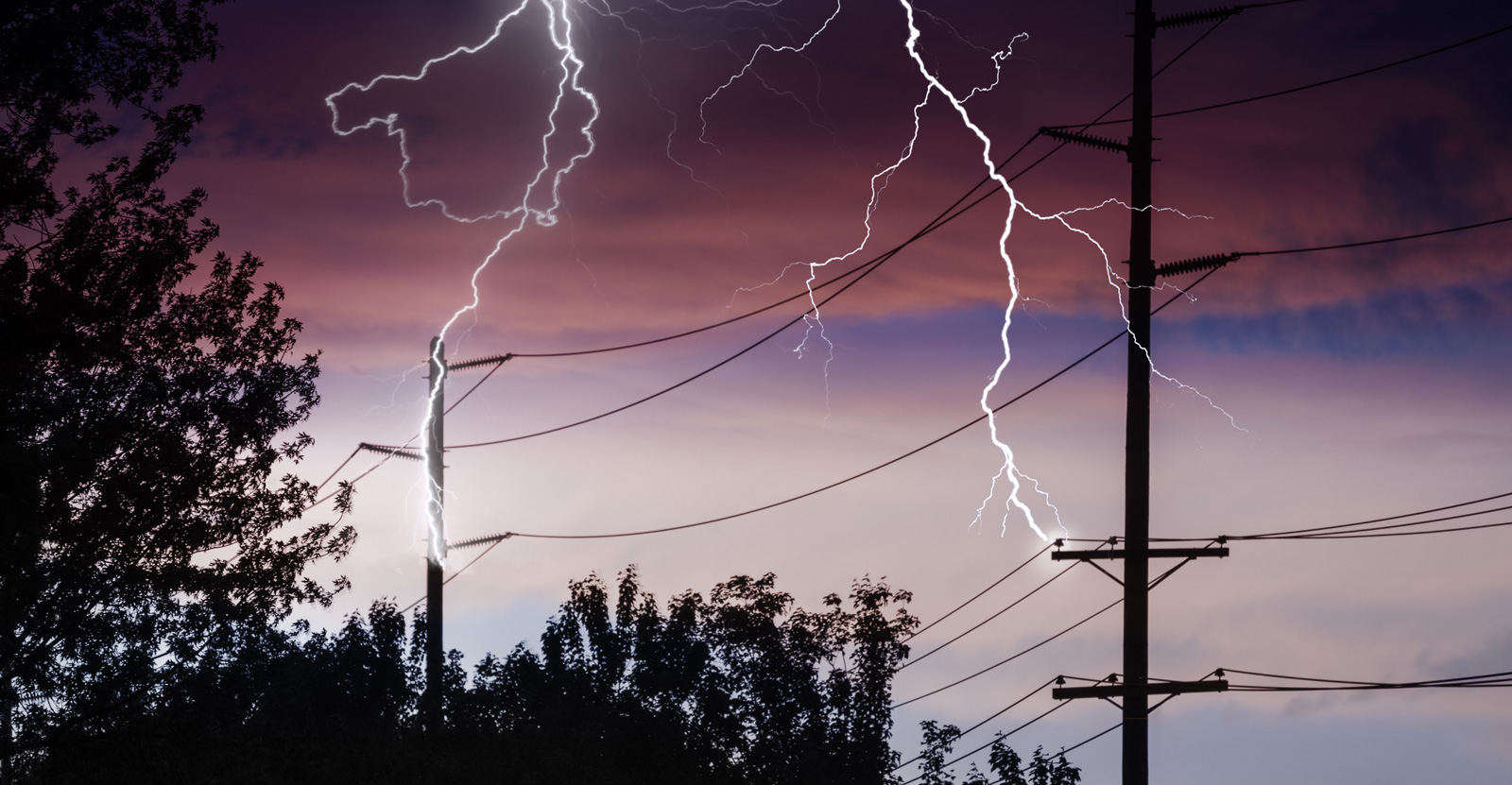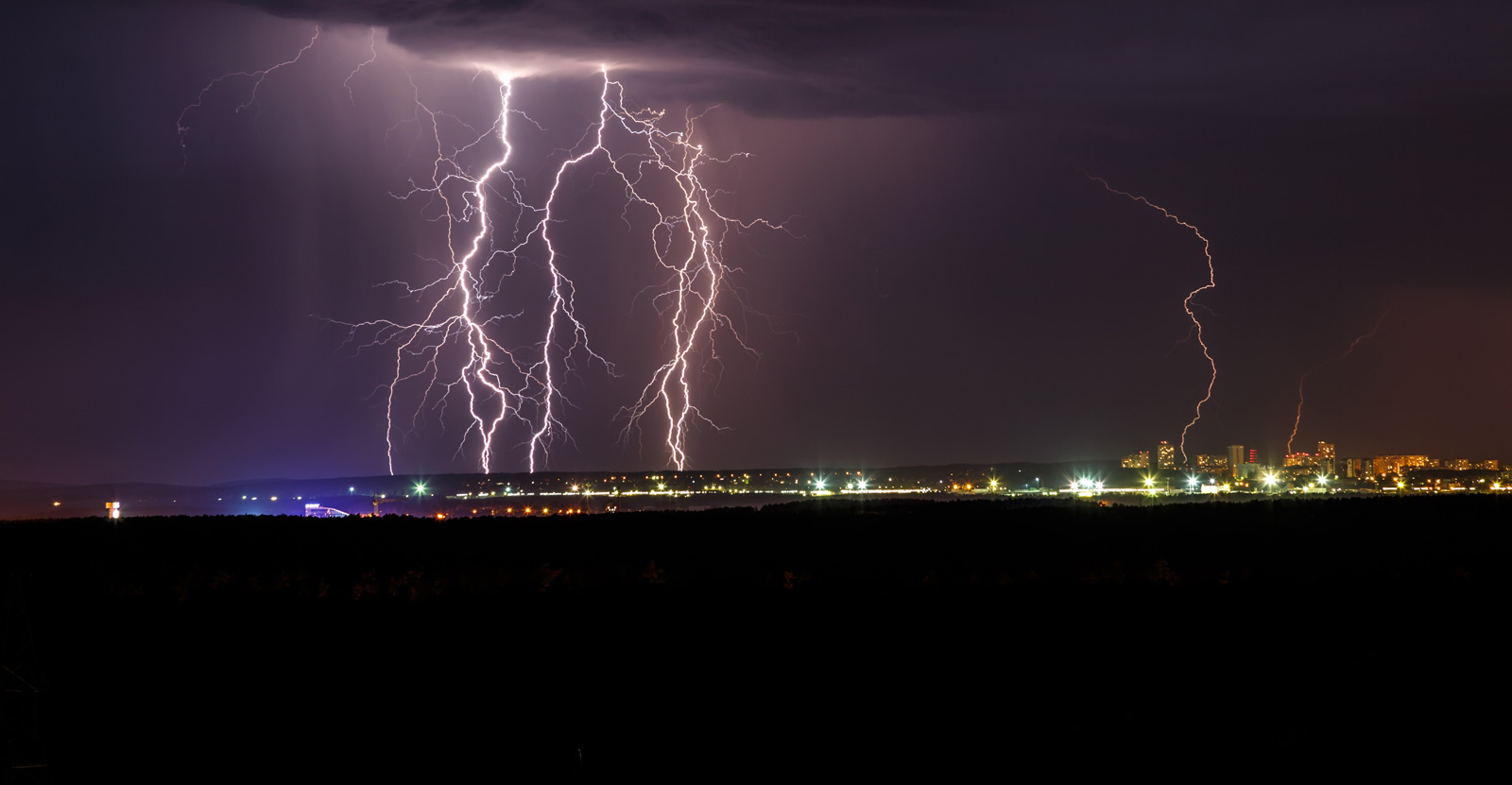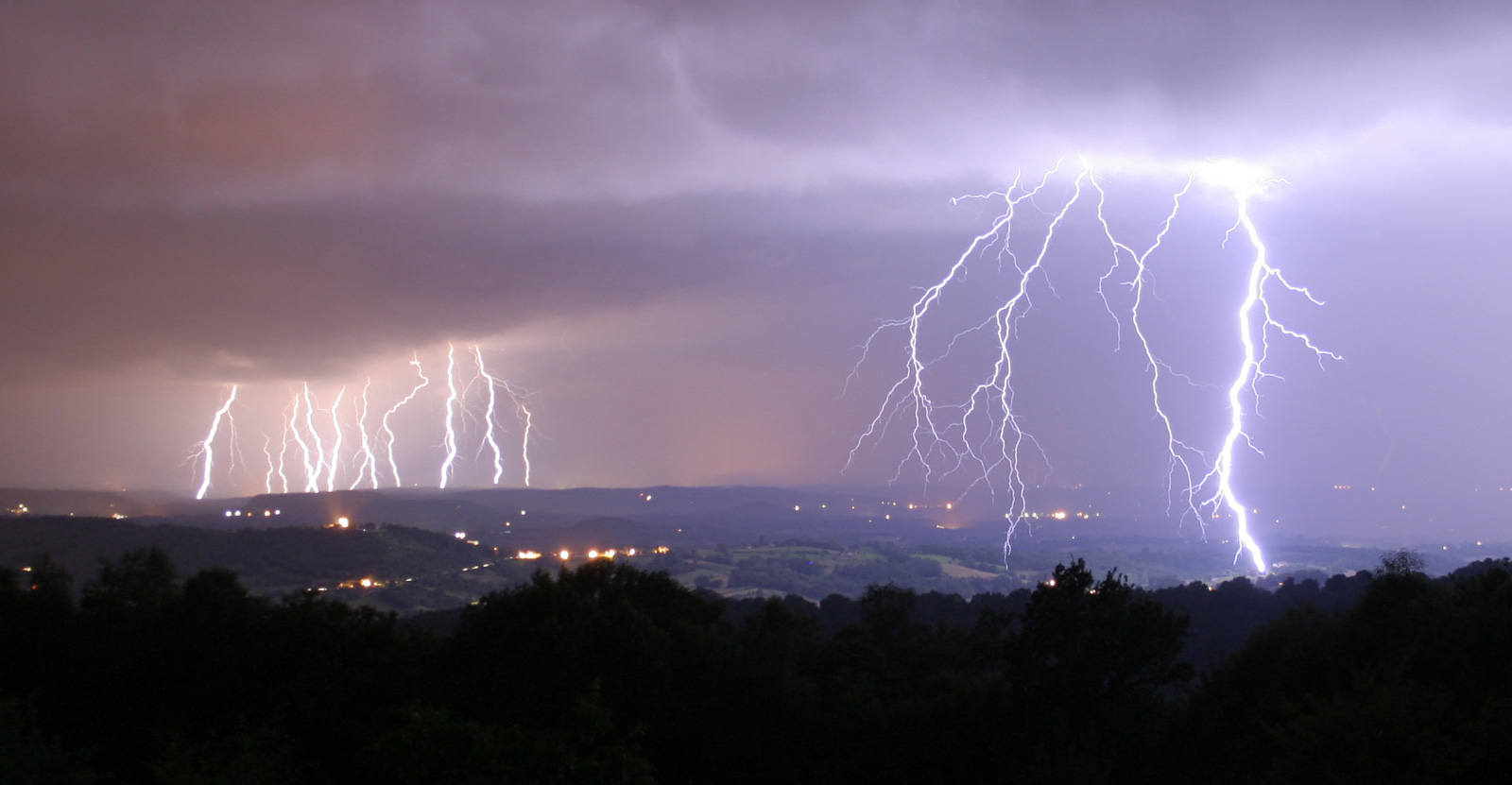I found this article over at Digital Photography School.
It was written by photographer Mike Olbinski. Mike is from Phoenix Arizona and spends his summers chasing storms. When he isn’t chasing storms he’s a wedding photographer by trade.
In his article he points out the fact that the hardest and most important part is being able to find the lightning. He talks about the tools he uses, camera settings and. most important of all focusing.
Finding the Storms
This is in reality the hardest part of photographing lightning. You may worry about your settings and lenses and all that, but if you do this for a while, that all becomes second nature. Finding the storms is the difficult task. You may live in a part of the United States, or even the world, where lightning just doesn’t happen much, if at all. But if it does, then you have to learn the patterns and watch the forecasts to be prepared.
The best way to do that here in the U.S. is to bookmark the webpage of your local National Weather Service, which you can find on NOAA.gov. Their pages have links to radars where you can track the storms. If you want to really get intense, grab a copy of RadarScope (iOS or Android) to have it on your Smartphone anytime you want.
If you don’t have lightning in your area, you may want to invest in a storm chasing tour, or vacation somewhere like Arizona during the summer.

Tools You Need
Okay, these next few sections are what you really care about anyways, so let’s get to it. Tools, meaning things you need to capture lightning.
If you want to eliminate as much luck as you can AND capture mind-blowing, jaw dropping images – you’ll likely want to upgrade your tools. You don’t have to go crazy though. Here’s the basic list of what you need:
A DSLR, SLR or any camera that lets you control the length of your exposure.
Lenses of course. Varying focal ranges are a must, although I’m a fan of primes.
A tripod – the sturdier the better.
A wireless shutter release or intervalometer.That’s really the essentials. You don’t need the most expensive equipment either. Basic DSLRs are a good starting point. My first upgrade from the point and shoot was a Canon Rebel XSi. It did the job for about a year, but I knew I wanted to go full frame eventually.
I use Canon products, specifically a couple of 5D Mark III’s and a Mark II as a backup. The lenses I carry on a storm chase:Rokinon 14mm f/2.8 (mostly for time-lapse photograph, but also for big landscape shots)
Canon 16-35mm f/2.8
Canon 17-40mm f/4.0
Canon 35mm f/1.4
Canon 50mm f/1.2
Canon 135mm f/2.0Your tripod just needs to sturdy and heavy duty. When you are shooting during a thunderstorm there will usually be wind issues. I’ve had tripods get blown right over by a strong gust of wind. I haven’t spent as much on tripods as I do on camera gear and time-lapse tools, but I use Manfrotto legs and heads. If you can afford it, upgrade to a tripod that has independent legs and a steadier base, that will allow you to shoot with a wider stance.
Finally, you will need some kind of external shutter release. It can be anywhere from your basic wired cable release, all the way up to a wireless intervalometer. I personally like the wireless intervalometers because you can control your camera from inside the car where you are safer than standing outside during a lightning storm. I also love the wireless ones because the cabled ones can get tangled in your tripod legs if you are packing up in a hurry. They are are just easier to use.
A Little About Lightning Sensors
Another external control for lightning photography is a lightning sensor and trigger. The brilliance of one of these triggers is that it senses the flash of lightning and automatically fires the shutter on your camera.
The tough part about lightning sensors is finding one that is reliable. I’ve had three different ones and it took until I bought one of the most expensive (The Lightning Trigger® IV) for me to feel like I found one that works. I’ve had a few of the $100-200 variety and they don’t always trigger from a flash of lightning.Camera Settings
People ask me all the time “What are good settings for taking lightning photos?” and the answer is that it varies just like anything else in photography. But there are some good guidelines to get you started.
For daytime lightning, you want to do your best to to have as slow of an exposure as you can, which might mean f/16-f/22. The best results are usually when it’s really dark with heavy clouds, without much sunlight. The strikes are going to show up a lot better against a dark background.
Dusk/sunset: f/10-16, 2-10 seconds, ISO 200. You might raise your ISO even more because the sky still has some light in it and you want the lightning to really stand out.
Blue hour – as it gets darker, you will open up your aperture and maybe increase your shutter speed.
Once it gets dark, your ISO becomes more important. The lightning flash against a dark sky means you don’t need as high of an ISO or you risk blowing out your bolt.

After dark in the city – narrower aperture yields better results with city lights, so you might be shooting at f/10-16 even after dark. The shutter speed would depend on how bright the lights are; same with the ISO. Usually in the city I like 10-15 second exposures.
After dark, away from light – wider apertures – typically f/5.6-f/8. You’ll want to drop your ISO to 100 to make sure you don’t have blown out shots. If it’s really dark, you may want longer exposures, 20-30 seconds.
After dark, but lots of ambient light, for example, a full moon – shorter exposures to reduce motion in the clouds if you don’t want that.
Close lightning – narrower aperture, low ISO.
Far away – varied aperture, maybe higher ISO so the bolts show up better.Focusing
The biggest, most common mistake I see in lightning photography is out of focus images (close second is blown-out lightning).
Even this past summer I was excited about some lightning images only to get home and realize they were out of focus. We all mess this up.
I think the biggest reason for this is that ofter we rely on the “infinity” setting on our lenses. While some lenses have a hard stop for infinity, most of them don’t. Even if it does have a hard stop, is that actually perfect?The best way to focus at night:
Autofocus on distant city lights if you can. Sometimes the moon is out which is another good way.
If there aren’t enough lights to focus on, then Live View is your next best method. Use Live View, zoom in (on the screen only not with your lens) to anything you can and, manually focus on it.
If all else fails, use infinity. But once you get a lighting strike on camera, check to see if it’s in focus. If not, adjust.
To learn more you can read the original article over at Digital Photography School
Source: Digital Photography School

